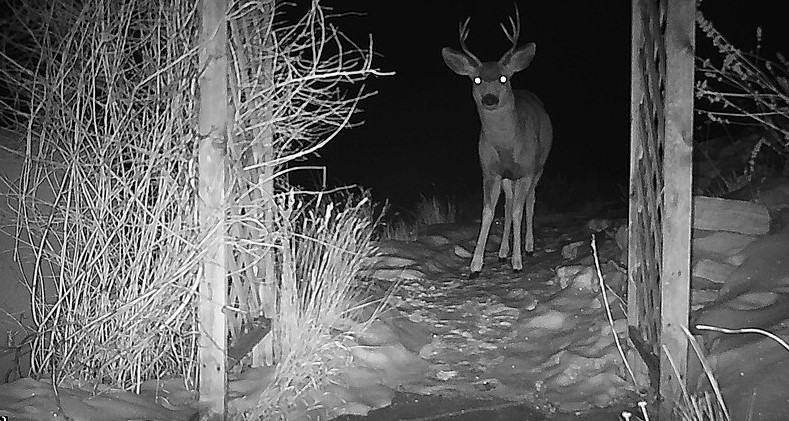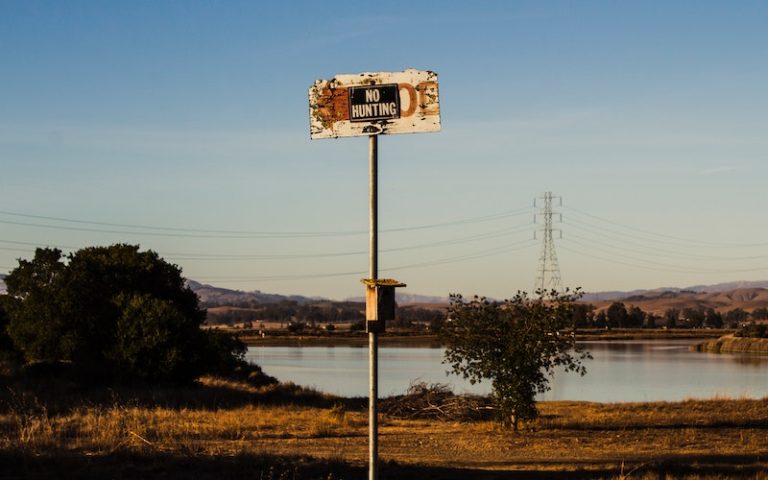A hunting trail camera, also known as a game camera or trail cam, is a specialized device designed for capturing photos or videos of wildlife and outdoor activities without the need for direct human intervention. These cameras are commonly used by hunters, researchers, wildlife enthusiasts, and security professionals.
Read: Get Free Hunting and Tactical Gear
How Does a Trail Camera Work?

Trail cameras are commonly used for wildlife monitoring, hunting, research, security, and other outdoor activities that require capturing images or videos in a discreet and non-invasive manner. The automated nature of trail cameras allows them to function independently for extended periods, making them valuable tools for observing and understanding wildlife behavior in their natural habitats.
Motion Detection: Trail cameras are equipped with motion sensors, often using passive infrared (PIR) technology. When an animal or any other object with sufficient heat moves within the camera’s detection range, it triggers the camera to activate.
Activation and Capture: Once the motion sensor is triggered, the trail camera immediately activates the camera module to capture either a photo or a video recording, depending on the camera settings.
Night Vision: Many trail cameras are equipped with infrared (IR) LEDs for night vision. When the camera detects low-light conditions, the IR LEDs are activated, allowing the camera to capture images or videos in the dark without using a visible flash that could startle or disturb animals.
Power Source: Trail cameras are powered by batteries, often AA or C-cell batteries. The camera’s power efficiency is crucial since it needs to operate for an extended period in remote outdoor locations.
Retrieval and Analysis: After a certain period or when the memory card is full, the user retrieves the trail camera and reviews the images or videos to analyze wildlife activity, identify animal behavior patterns, or assess potential hunting spots.
Frequently Asked Questions
What is the detection range of a trail camera?
The detection range refers to how far the camera’s motion sensors can detect movement. It typically varies from 50 to 100 feet, depending on the camera model.
Can trail cameras withstand harsh weather conditions?
Yes, most hunting trail cameras are designed to be weatherproof and can withstand rain, snow, extreme temperatures, and other outdoor elements.
Are there laws or regulations regarding the use of trail cameras?
Generally they are free to use in most states but trail cameras may be subject to local hunting regulations, privacy laws, or landowner permissions in some states.
Does a hunting trail camera need wifi?
No, a cellular trail camera does not need Wi-Fi to function. Cellular trail cameras use a cellular network, similar to a mobile phone, to transmit photos or videos to a remote location, such as your smartphone or computer. They have built-in cellular modules that allow them to send data over the cellular network.
How much do cellular trail cameras cost?
The cost of cellular trail cameras can vary depending on the brand, features, image/video quality, and additional functionalities. You could find cellular trail cameras priced anywhere from $100 to $500 or more.


